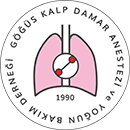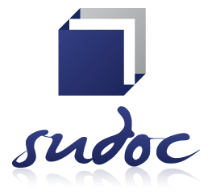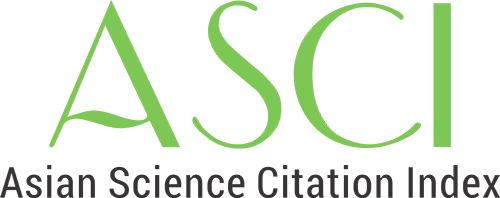

Awareness of Pulmonologists who Administer Local Anesthetics in Bronchoscopy Routine About Local Anesthetic Toxicity and Its Treatment: A Survey Study
Burcu Akkök1, Feyza Çalışır21Department of Pulmonology, Kahramanmaraş Sütçü İmam University Faculty of Medicine, Kahramanmaraş, Türkiye2Department of Anesthesiology and Reanimation, Kahramanmaraş Sütçü İmam University Faculty of Medicine, Kahramanmaraş, Türkiye
Objectives: The present study aims to evaluate the knowledge and awareness levels of pulmonologists regarding local anesthetic (LA) toxicity and the use of intravenous lipid therapy.
Methods: This study included research assistants, specialists, and faculty members working in the field of chest diseases in Türkiye, who agreed to participate. A survey consisting of 16 questions was prepared to assess physicians knowledge regarding local anesthetic toxicity and the use of intravenous lipid therapy for its treatment. The survey was used to obtain participants general knowledge of local anesthetic drugs, their toxicities, and general knowledge of toxicity treatment.
Results: A total of 109 physicians participated in this study. The highest participation was received from university hospitals (49.5%), and 47.7% of the participants had been working in this specialty for over 10 years. Lidocaine was the most commonly used agent (94.5%). Allergy (23.85%) and arrhythmia (21.1%) among the early signs of toxicity, and hepatotoxicity (34.86%) and cardiac arrest (33.94%) among the late signs, were frequently selected. While 21.1% of the physicians encountered toxicity, symptomatic treatment (54.13%) was the most frequently chosen method upon encountering toxicity. It was found that 57.8% of the physicians had not heard of lipid therapy for toxicity, and 6.4% used lipid therapy when encountering toxicity. Significant differences were found in the knowledge about treatment application among physicians by their roles in pulmonary clinics (p=0.00).
Conclusion: This study revealed a consistent lack of education and awareness among pulmonologists regarding local anesthetic toxicity and its treatment.
Manuscript Language: English
(259 downloaded)

















